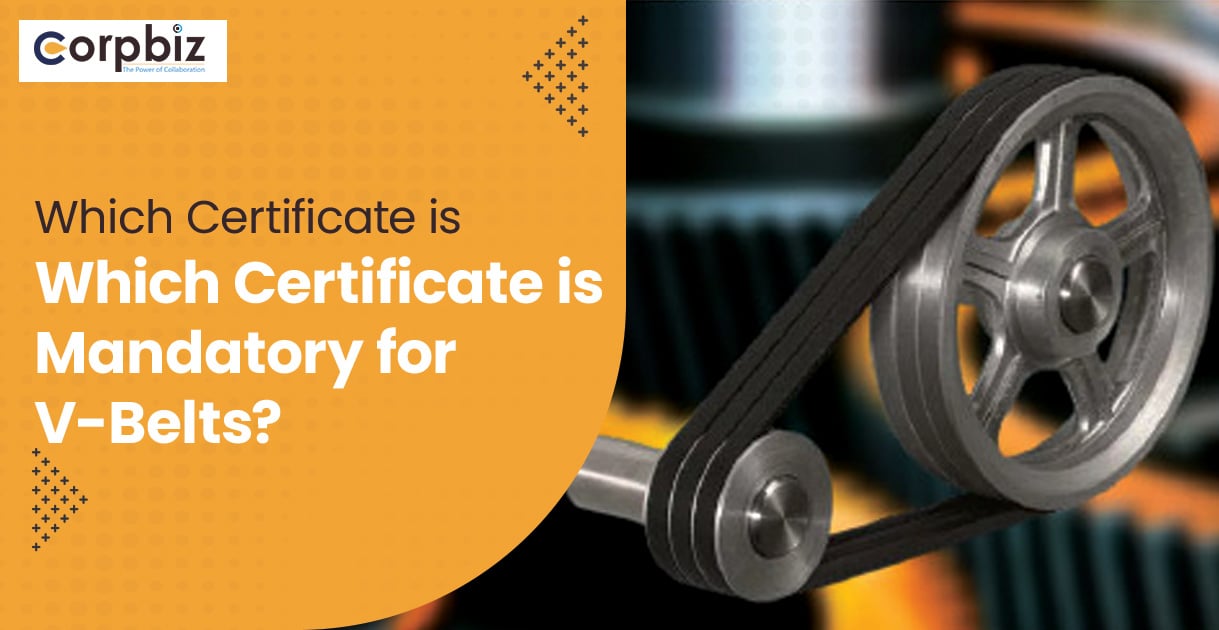The Bureau of Energy Efficiency, under the Ministry of Power, Government of India, has launched an ambitious new program on solar inverters that is expected to save 21.1 billion kWh of electricity annually. This move brings considerable strides toward improving energy efficiency and strengthening support for the country’s renewable energy program.
We will try to uncover in this blog various aspects of the Bureau of Energy Efficiency’s solar inverter program, its impact on energy conservation, and what it signifies for India’s situation with regard to energy.
Introduction of BEE’s Solar Inverter Program
Working under the Ministry of Power in the Government of India, the Bureau of Energy Efficiency is indeed notable for its efforts aimed at improving energy efficiency across the country. Recognising the vast role that BEE could play in curbing carbon emissions to enhance development, it has unveiled a new program dedicated to solar inverters.
The ultimate goal of the Solar Inverter Program is to raise the efficiency of solar inverters to boost their applicability in the residential, commercial, and industrial sectors.
Objectives of the Program
The key objectives of BEE’s program on solar inverters are as follows:
- Energy Conservation: To reduce the total amount of energy consumed by enhancing the efficiency of solar inverters.
- Money Saved by Consumers: Reductions in the electricity bills of consumers by promoting the use of energy-efficient solar inverters.
- Environmental Benefits: A reduction of greenhouse gas emissions that contribute to the climate goals of India.
- Market transformation: This should provide sufficient stimulus to the high-efficiency solar inverter market and create an innovation push in this sector.
Importance of Solar Inverters
Solar inverters become an integral part of a solar power system. They convert the Direct current (DC) output generated from solar panels to alternating current (AC), which can be used in electrical appliances or put into the grid.
The high efficiency of these inverters is significant to the general performance and energy yield of a solar power system. Therefore, improving their efficiency is very important for maximizing the full potential of solar energy.
Key Features of the Solar Inverter Program
BEE’s Program for the promotion of solar inverters covers several key components, such as energy efficiency and quality, to encourage people to use High-performance inverters. These features include:
1. Standards and Labeling: Establishing a reliable efficiency standard and informative labelling for solar inverters to assist customers in making their decisions.
2. Incentives and Rebates: Supporting the use of energy-efficient solar inverters through the provision of financial incentives and rebates.
3. Training and Capacity Building: Education and training of the manufacturers, installers, and technicians in the installation and preservation of high-efficiency inverters.
4. Awareness Campaigns: Carrying out Awareness campaigns to Educate the consumer regarding energy-saving solar inverters and how they should go about it.
Environmental Benefits
This BEE’s solar inverter program provides several environmental benefits. By saving 21.1 billion kWh of electricity, the program reduces the requirement for fossil fuel-generated power and, hence, greenhouse gas emissions.
This energy saving can prevent around 17.5 million tonnes of CO2 annually, a significant gain for India’s climate actions. Beyond reducing carbon emissions, the program also plays a vital role in mitigating other forms of pollution and costs associated with conventional power generation, such as air pollution and water intake, thereby improving the quality of our daily lives.
In that sense, the Solar Inverter Program by BEE is a movement towards efficiency, cleanliness and the goal of sustained development.
Supporting Renewable Energy Goals
Like all the other countries, India also has set high renewable energy targets to reach an installed capacity of 450 GW by 2030, in which solar energy will be one of the important aspects. It is expected that a majority of the capacity will be derived from solar power installations. BEE’s program on enhancing the efficiency of the solar inverter shall support such broader renewable energy goals through:
- Maximizing Energy Yield: Through high-efficiency inverters, a solar power system can be expected to yield maximum electricity, thus contributing to the overall capacity of renewable energy.
- System Cost Reduction: It increases the efficiency and, as a result, reduces the levelized cost of electricity (LCOE) from the solar power system. Which makes solar energy more competitive compared to conventional sources.
- Grid Integration: Efficient inverters, together with advanced grid-support features, integrate solar power efficiently into the grid and enhance the reliability and stability of grids.
Economic Benefits
The economic benefits of BEE’s solar inverter program extend beyond energy savings and cost reduction. With provisions for the adoption of high-efficiency inverters, it stimulates the domestic manufacturing sector, creating jobs and hence boosting economic growth. It creates demand for advanced inverters and drives innovation and investments in research and development.
The focus of the program on training and capacity building brings about a workforce with developed skills creating a skillful labour market in the renewable energy sector. These benefits are extended into economic gains and attaining broader objectives set forth within the government’s aspirations for promoting self-reliance (Atmanirbhar Bharat), and sustainable economic development. The program is not just a standalone initiative, but a crucial part of the government’s vision for the future.
Challenges and Considerations
While there are substantial benefits that could be derived from BEE’s Solar Inverter Program, it is also accompanied by several challenges and considerations that have to be worked on:
- Market Penetration: To Achieve widespread adoption of these high-efficiency inverters, certain market barriers, such as higher upfront costs and consumer awareness, have to be overcome beforehand.
- Quality Assurance: High quality and reliability are two very critical factors for high-efficiency inverters if consumer trust is to be achieved and long-term energy savings are to be realized.
- Policy Support: Sustained policy support and intergovernmental coordination between the Central and State Governments in terms of effectively implementing incentives and standards are required.
- Technological Advancements: The program needs to keep up with the technological changes in solar inverter technology for relevance and effectiveness.
Conclusion
This program on solar inverters by BEE can be termed as a giant leap toward making India the prime model with regard to energy efficiency and renewable energy globally. This initiative can save 21.1 billion kWh of electricity by reducing 15.1 million tons of CO2 emissions up to the year 2034; therefore, it is also helping in achieving some of India’s very important climate goals and sustainable development objectives.
Through standards and labelling, financial incentives, training programs, and awareness campaigns, BEE is driving the adoption of high-efficiency solar inverters, transforming the market, and paving the way for a cleaner, more sustainable energy future for India.
Frequently Asked Questions
What is the new Solar Inverter Program from BEE?
It is an ambitious program of the Bureau of Energy Efficiency, under the Ministry of Power, Government of India, initiated to improve the efficiency of solar inverters for use in residential, commercial, and industrial applications.
What are the key goals of BEE’s program on solar inverters?
Key goals include energy savings, consumer cost savings, reduced greenhouse gas emissions, and the ability to transform the high-efficiency solar inverter market truly.
Why are solar inverters important in a solar power system?
Solar inverters are important since they convert the DC output from the solar panel into AC, which is either fed into a grid or usable by electrical appliances. Their efficiency is vital to the general performance of a solar power system.
What are the salient features of the program?
Some of the key features include standardization and labelling, fiscal incentives and rebates, training and capacity building of manufacturers and technicians, and awareness campaigns for consumers in regard to solar inverters.
What are the economic benefits of the BEE solar inverter program?
The program is expected to stimulate domestic manufacturing, create jobs, drive innovation, and develop a skilled workforce in the renewable energy sector, aligning with India’s goals for self-reliance and sustainable economic development.
How does this program align with the renewable energy targets of India?
It supports India’s ambition of describing 450 GW of renewable energy capacity by 2030 by maximizing energy yield from solar systems while reducing the system cost and improving grid integration across solar power.
Read our article: How To Obtain BIS Certification For Solar Panels In India?













